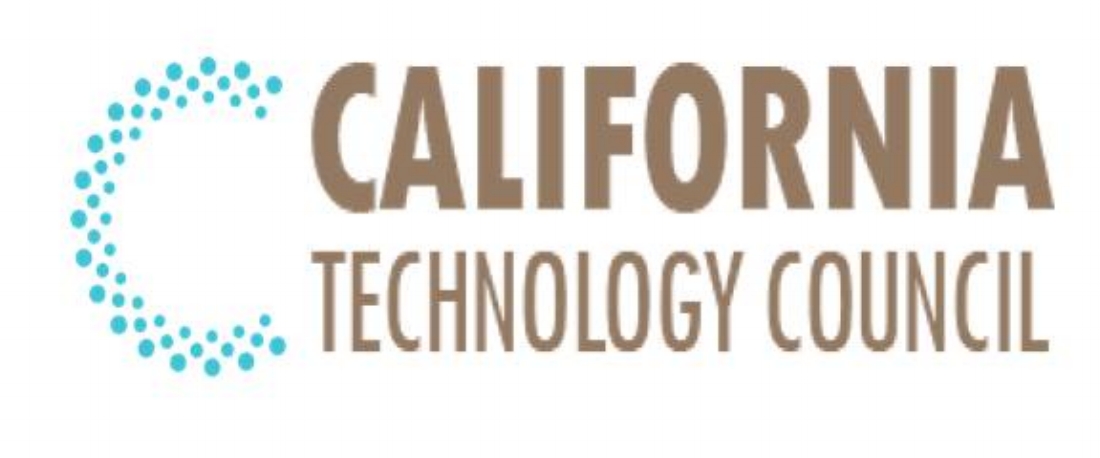by Koyuln Miller, Squire Patton Boggs (Special to CTC)
Squire Patton Boggs will host a special meeting exploring these issues on Thursday, March 23rd. For additional information and to register, please follow the link below.
Over the past twenty years, passenger vehicles have become increasingly complex communications centers. Vehicles on the market today around the world rely upon navigation systems utilizing GPS (1575.42MHz (L1), 1227.60 MHz (L2)), telematics systems operating on carrier LTE systems, radar detection systems operating in the 24 GHz and 76-77 GHz bands, in cabin Bluetooth and electronic payment tags in the 900 MHz and 5.9 GHz bands.
Passenger cellphones operating in the 800 MHz or 1.9 GHz bands may be linked through the Bluetooth system. In addition to AM (560-1600 kHz) and FM (88-107 MHz) radio, many vehicles also integrate satellite radio in the 1.6 GHz band. Information regarding traffic conditions may be available through several different systems, information regarding vehicle operations and messaging may be exchanged and integrated into the vehicle systems. All of these systems and many of the advances in vehicle technologies under development depend upon the availability of adequate radiofrequency spectrum (spectrum).
In the U.S., spectrum allocations are administered by the Federal Communications Commission (FCC) and the National Information and Telecommunications Administration (NTIA) of the Department of Commerce. The U.S. participates in the proceedings on the International Telecommunications Union (ITU) which adopts global spectrum allocations through its processes. Spectrum allocations often involve lengthy proceedings and many issues regarding the sharing of bands between users and the establishment of rules to ensure that systems may be operated in an interference-free environment. The availability of spectrum and the adequacy of a spectrum band for a particular service are constant sources of concern for many parties in the communications industry.
Spectrum resources are scarce even when a technology presents increased safety of life possibilities. In 1999, the FCC allocated the 5.9 GHz band for dedicated short range communications (DSRC) and created technical and service rules in 2004. In 2013, the FCC sought comment on whether the 5.9 GHz band could be shared with unlicensed users. A tiger team formed by the Regulatory Standing Committee of IEEE 802.11 examined two sharing proposals: (1) rechannelization and (2) “detect and avoid.” Under rechannelization, DSRC spectrum is split into two blocks—one for safety communications and another for what some refer to as “non-safety” communications. The bandplan would be reshuffled, placing the two safety channels at the top, and reconfiguring the remaining channels at the bottom. The detect and vacate proposal would leave the bandplan as is, and unlicensed devices would avoid or vacate the band upon detecting a DSRC signal. In 2016, the FCC refreshed the record, and the FCC’s Office of Engineering and Technology began testing to determine whether unlicensed devices can share the band with DSRC without causing interference.
With some estimates projecting nearly 21M self-driving vehicles on the roads around the world by 2035, the stakes have never been higher for intelligent transportation. Current projections predict that the DSRC technology used in connected cars could address 80% of crashes involving non-impaired drivers—a sobering statistic when paired with the National Safety Council’s assertion that traffic fatalities in 2015 represented the largest increase in 50 years. Nevertheless, significant policy, legal, and technical concerns regarding the use of spectrum for autonomous and connected vehicles must be addressed before widespread implementation can occur. At bottom, access to radio spectrum depends on any number of factors, including availability, adequacy of the propagation characteristics, and the time and money needed to acquire the spectrum.
Please join us on March 23rd, 2017 for the fourth in a series of in-depth discussions on autonomous driving led by Robert B. Kelly, chair of our Communications practice to discuss these and other issues regarding the need for and availability of spectrum for connected vehicles and autonomous vehicles. For more information and to register, please visit the MEETING PAGE HERE.

